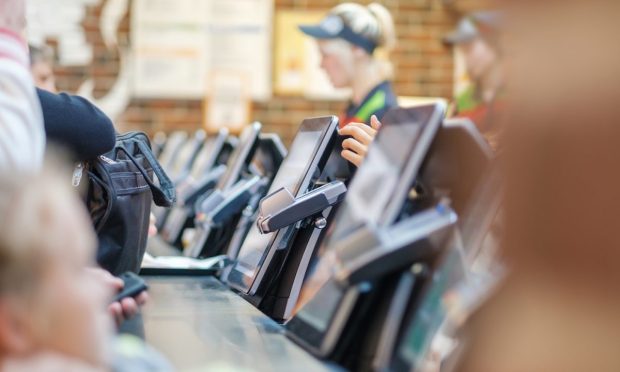The QSR Industry Has a Loyalty-Rewards Problem

The digital-first food ordering habits that consumers have acquired since the pandemic have fundamentally changed the restaurant industry. A single touchpoint in a much broader, decentralized and digital-first ecosystem is at the center of consumers’ dining experiences. Gaining a competitive edge in this new format requires restaurants to not only have digital ordering capabilities in place, but to also offer value-added features such as loyalty programs to build the strong relationships they need to transform casual diners into loyal customers.
The Restaurant Readiness Index, a PYMNTS and Paytronix collaboration, talked with 514 managers of quick-service restaurants (QSRs) and full-service restaurants in the U.S. to reveal a significant difference of opinion among customers and restaurant managers regarding the ordering features they believe are key to success in the digital-first restaurant ecosystem.
See also: QSRs’ Lagging Loyalty-Rewards Investment Hurts Innovation And Sales
Among the existing features commonly implored by restaurants, the ability to order using a mobile app, pay with a digital wallet or pick up orders curbside were priorities for consumers and managers alike.
A staggeringly low 35.8% of QSR managers see loyalty and reward programs as drivers of long-term success. The customers, however, place the value of loyalty and reward programs much higher, as 50% consider it to be a key feature. Thirty-three percent of restaurant managers see QR codes as an essential offering to enhance end-to-end experiences, while only 10% of the customers believe so.
As the data shows, there is a wide range of understanding surrounding the power of loyalty and rewards programs as a market differentiator. Ninety-four percent of restaurants with the highest Restaurant Readiness Index scores in our survey (top performers) are most likely to offer some type of loyalty and rewards program. Fifty-one percent of middle performers do the same, while just 11% of the lowest-scoring restaurants, by contrast, use such plans.